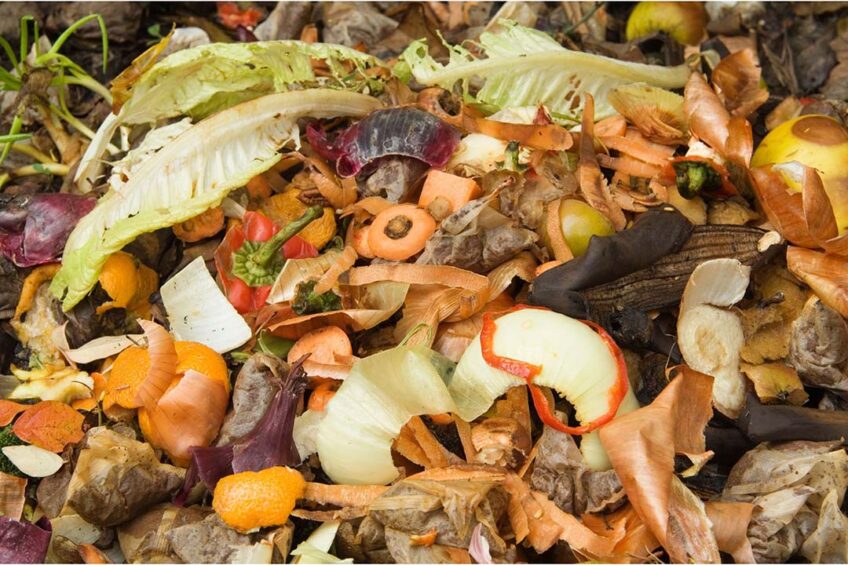Incorporating food scraps and recovered food into poultry feed

Food wastage represents the loss of both economic and resource investments. Recent desk research has suggested an incorporation level of up to approximately 20% is associated with positive or neutral impacts on growth performance indicators in broilers.
The study, led by Professor Christopher Simmons of the Department of Food Science and Technology at the University of California, Davis, examined the feasibility of incorporating treated post-consumer food scraps into poultry feed, which currently represents the most consumed animal protein worldwide.
The review looked at the broad nutritional composition of post-consumer food scraps, toxicological considerations associated with incorporating food scraps into poultry feed, food scrap pre-treatments related to feed applications and feeding studies that incorporated food scraps into animal feed rations.
Controlling pathogens and other contaminants
The research appears to indicate that sterilisation through heat treatment is sufficient to control pathogenic microorganism contamination in recovered food. Other contaminants such as mycotoxins, heavy metals, microplastics, biogenic amines and antinutritional factors cannot always be removed from recovered feed and subsequently, infrastructure to survey levels of contamination in recovered food to be used in concert with developing technologies to better remove these contaminants is recommended in the report.
The study also shows that pre-treatments, in connection with surveillance of incoming recovered food and food scraps, may be used to ensure the safety of incorporating such material into poultry feed.
Protein, fibre and nutrients
Past studies have shown large variability in the nutritional composition of consumer food scraps, but on average, lipid and fibre levels are higher in recovered food scraps compared to maize and soybean meal, while protein levels are higher than in maize and lower than in soybean meal.
The study comes at a time when the first chicken feed ingredients made from household food scraps has been approved for commercial distribution in the US. Food recycling system Mill recently received formal approval from Washington State Department of Agriculture to distribute their recycled chicken feed ingredients in the state. The company dehydrates food scraps to less than 12% moisture content, turning scraps like banana peels and carrot tops into clean, dry grounds that can be added to poultry feed.












